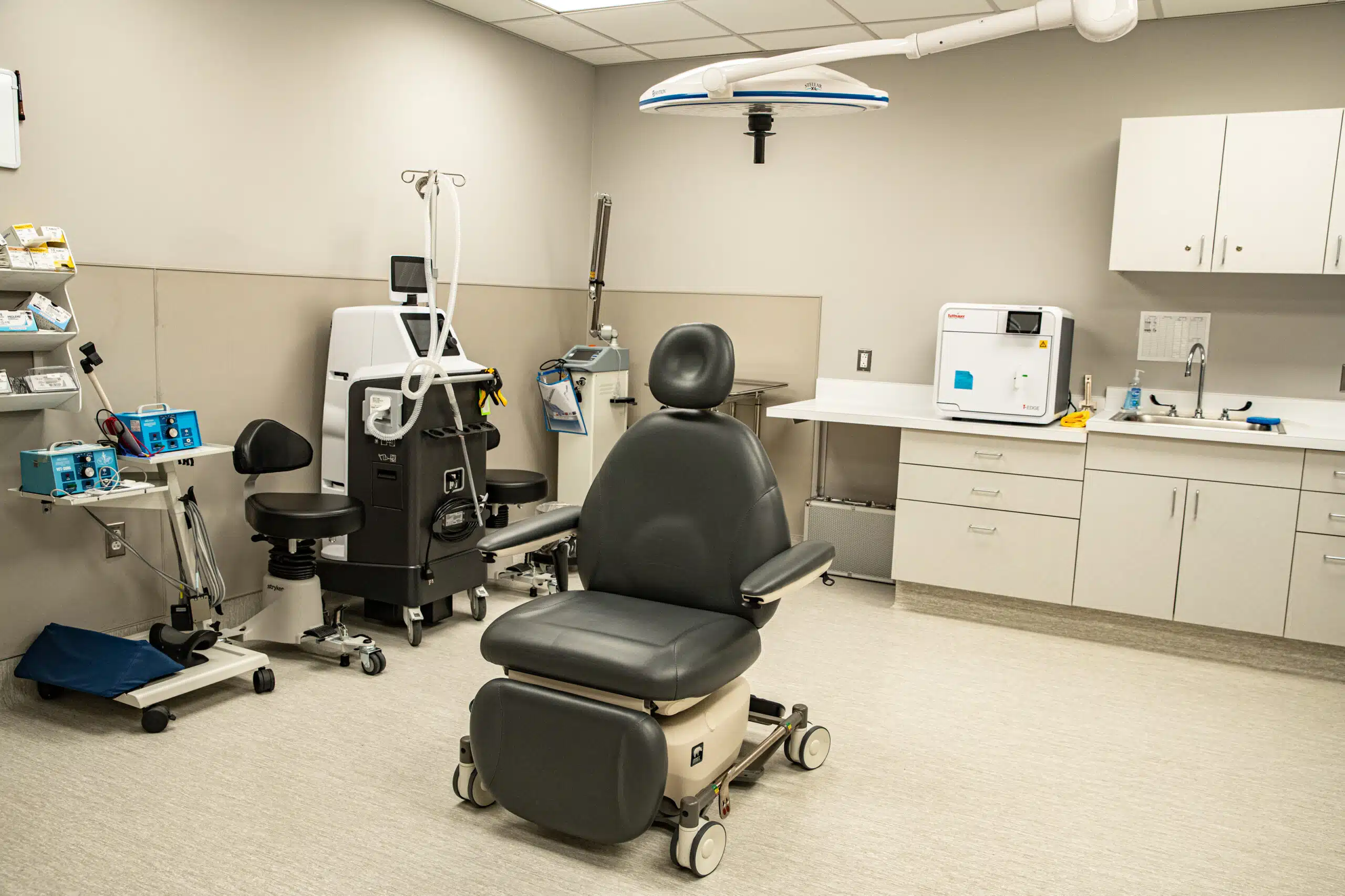Corneal Neurotization Surgery


Corneal neurotization is an innovative surgical procedure designed to restore sensation to the cornea in patients suffering from corneal anesthesia, a condition where the cornea loses its sensitivity.
This lack of sensation can lead to severe complications, including poor wound healing, recurrent corneal ulcers, and, in extreme cases, vision loss. Corneal neurotization addresses these issues by re-establishing nerve supply to the cornea.
Corneal anesthesia can occur due to various reasons, including hereditary conditions, viral infections (like herpes), trauma, or surgical complications.
The cornea, being densely innervated, relies heavily on its nerve supply for maintaining its health, integrity, and transparency. Nerve fibers in the cornea play a critical role in tear production, blink reflex, and wound healing. When these fibers are damaged, the cornea becomes vulnerable to injuries and infections.
Corneal neurotization is a microsurgical technique that involves rerouting nerves from a healthy donor site to the diseased cornea.
While both techniques work equally well, the indirect approach avoid numbness in the area innervated by the donor nerve. And cadaveric nerve grafts avoid the complications associated with nerve harvesting from the leg.
The success of corneal neurotization depends on various factors, including the underlying cause of corneal anesthesia, the patient’s overall health, and the precision of the surgical technique.
Post-surgery, it can take 6-12 months for nerve fibers to grow into the cornea and for sensation to improve. Patients typically undergo regular follow-up examinations to monitor the progress of nerve regeneration and corneal health.
The restoration of corneal sensation can significantly improve the quality of life for patients. It reduces the risk of corneal damage and infection, enhances tear production and blink reflex, and can lead to better overall visual acuity. While corneal neurotization is a relatively new technique, early results have been promising, showing significant improvement in corneal sensation and health in patients who were previously unresponsive to other treatments.
Corneal neurotization represents a significant advancement in the treatment of corneal anesthesia. By directly addressing the loss of nerve function, this procedure offers hope for patients who have suffered from reduced corneal sensation and its associated complications. As with any surgical intervention, it’s essential for patients to discuss the risks, benefits, and potential outcomes with their healthcare providers to make an informed decision about undergoing this innovative treatment.
Each patient’s needs are unique and require an individualized approach to treatment. Schedule an appointment today to discuss your needs and concerns.







